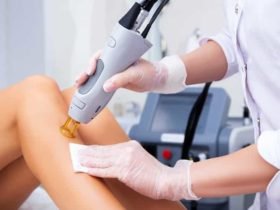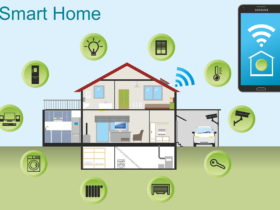Typically, one of the common sources of drinking water on earth is rainwater. It has also been considered the purest form of water since it comes with low acidic content and mineral composition. This is one reason why many people store rainwater to clean their body, use in gardening during winter, and, more importantly, quench their thirst during the dry season.
However, one shouldn’t consider rainwater as one of the primary sources of water. This is because rainwater captivates dirt and pollutants from the atmosphere. Because of this, it’s important to purify the rainwater before it can be used for consumption.
If you decide to use rainwater for drinking, below are some ways to make it safe:
1. Install Flush Devices And Filters
One of the best ways to purify rainwater and make it safe for drinking is to install filters, flush devices, or screens. Flush devices should be installed to block pollutants like leaves, sand, bird’s excrement, and even twigs before the rainwater passes through the distribution pipes.
As you use water storage tanks to store the rainwater, you should use filters to ensure the pollutants wouldn’t settle down at the bottom of the tank. Thus, if you want to get the most out of your filtration system, be sure to choose a high-quality rainwater tank. That way, you can be sure that the rainwater stored in the tank is safe for drinking.
If you need more information about these rainwater tanks, find more here.
2. Use The Chlorine Treatment
While filters can be effective at removing pollutants from the harvested rainwater, they don’t actually eliminate all the substances. Hence, if you want to make rainwater safe for drinking, using the chlorine treatment can be an excellent idea–add 2.3 fluid ounces of chlorine per 1,000 gallons of water for better outcomes.
Typically, chlorine can be effective at removing waterborne diseases, such as hepatitis, cholera, typhoid, and many more. However, treating the rainwater with chlorine should be done with caution. That’s because it’s highly reactive and can combine with other organic substances, making it hazardous to health.
3. Use The Ultraviolet Lights
Another way of purifying rainwater for safe consumption is to use ultraviolet lights. When the rainwater passes through the UV lights, there would be a disruption of the microorganisms’ genetic makeup, which makes these microorganisms unable to reproduce. As a result, you can disinfect the water and make it safer to drink.
However, to make the most out of UV light as a disinfection method, you should ensure to replace your UV light bulb after 9,000 hours of use (approximately a year). Also, to ensure the light bulb’s effectiveness, don’t forget to inspect it from time to time and clean the glass enclosure.

4. Solar Pasteurization
Making rainwater safe for consumption can also be done through the use of solar pasteurization. However, unlike other purification methods, it can require a lot of labor to achieve better outcomes.
To perform the solar pasteurization method, the following steps should be kept in mind from the get-go:
- Fill in the Ziploc bag with rainwater.
- Place the bag on aluminum foil.
- Allow the bag to stay heated under the sun for many hours. The temperature should be about 160-degree Fahrenheit or higher.
As you can see, using the solar pasteurization method can be a bit challenging but it can be effective in eliminating water-borne bacteria.
5. Apply The Distillation Process
If you’re looking for another way to make rainwater safe for drinking, then you might want to consider the process of distillation. It’s a process in which the rainwater is boiled and the impurities can evaporate. Then, the condensed water would be collected in the containers.
Generally, distillation can be considered the simplest way of purifying water. However, it’s essential to note that while the process can remove almost all substances from the rainwater, it can’t eliminate the so-called volatile organic chemicals (VOCs), such as benzene, toluene, methylene chloride, and many more. As such, it can be a good idea to use carbon filters in the distillation process to remove the VOCs.
Bottom Line
Overall, rainwater is free as it comes from rain and you don’t need to pay for it before you can harvest it and use it for household purposes. Aside from being a renewable source of water, it can also be used for a long period of time. But, just like the tap water coming from your faucets, you need to disinfect or purify it so it would be safe for consumption.
Therefore, if you’re using rainwater for drinking from now on, keep this article in mind so you’ll know different methods to use in purifying rainwater, making it safe to drink.


















